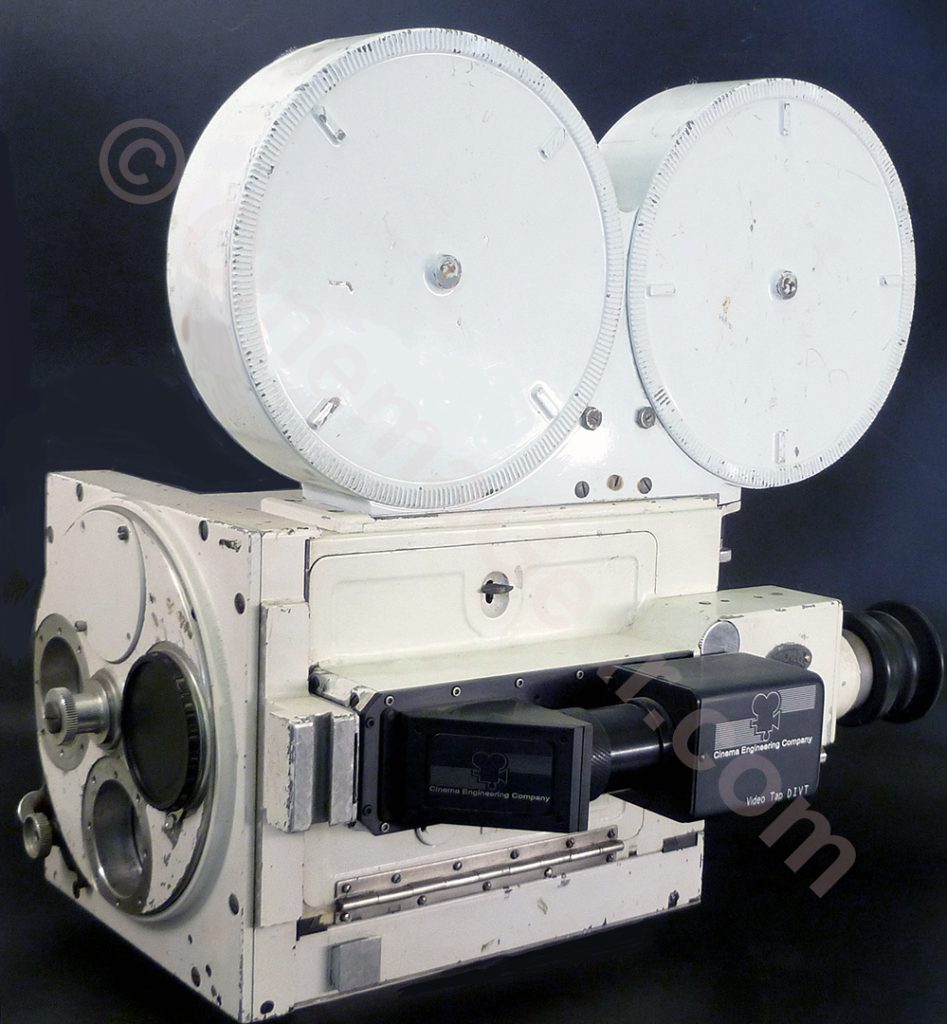The other day I was reminiscing with a new client about early motion control cinematography and I happened to mention one of the various versions of video taps that I built long ago. That spurred me to dig this out of storage for a nostalgic look. The concept behind this video tap was not to have to cut or drill any holes in a Mitchell Standard or GC camera, maintain the ability to use the camera’s factory viewfinder, and be able to record a color or black and white video image for playback to perfect the motion control move at hand.
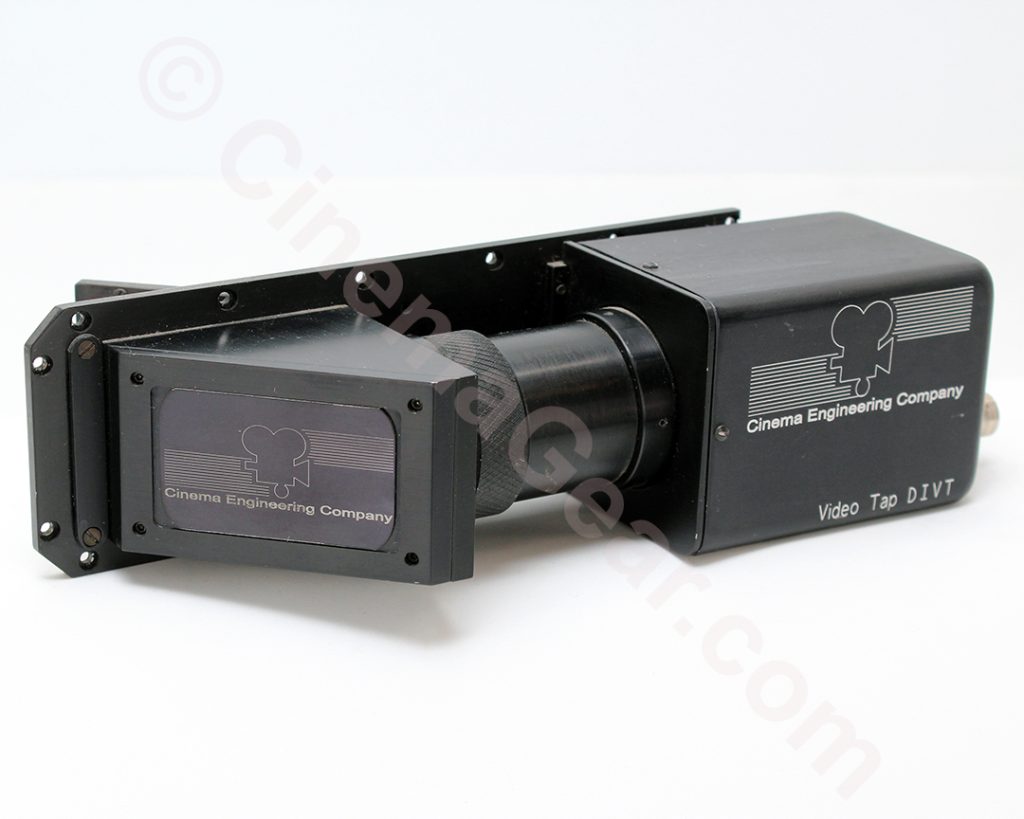
With the introduction of video tape recorders that could record and playback one frame at a time, using a video tap like this one allowed us to record the motion control shot during programming and play it back in real time. Previous to this, we would shoot black and white film (RAR stock), process it in a ProStar processing machine, string it across the stage to dry, and hours later, finally look at our shot on a Moviola. The combination of the single frame video tape recorder and the video tap drastically cut down production time.
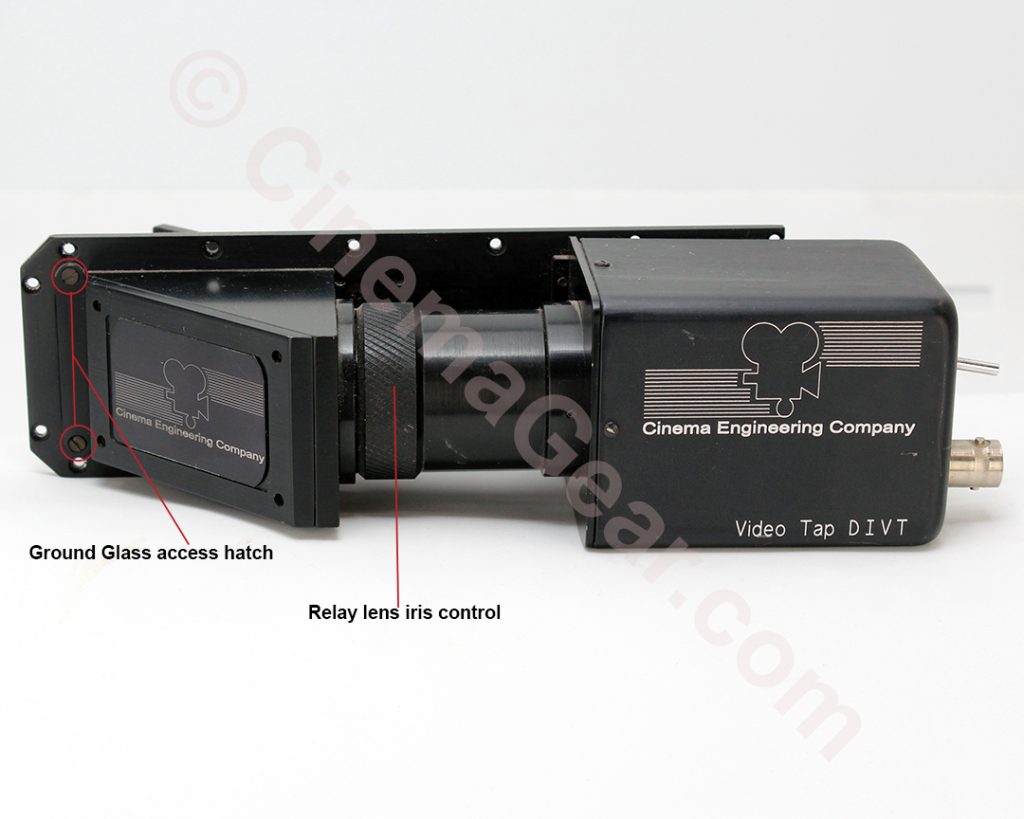
Many of the DIY video taps required cutting gaping holes in the camera door, a process that pained me greatly. So I designed this one so that all you had to do was to remove all of the little screws that held the cover plate over the viewfinder casting, save that cover plate somewhere, and using the same screws, mount this video tap in its place. This video tap could only be used with the camera racked into the viewfinding position, but we were shooting motion control, so in this instance, that wasn’t a problem. I tried to design this to be as convenient to use as possible. I included a hatch that would allow you to easily change ground glasses, an iris control that was easily adjustable, and simple, intuitive, and readily available controls and connectors. I placed the beam splitter so that, when the video tap was installed, it preserved the stock magnification feature of the Mitchell viewfinder.
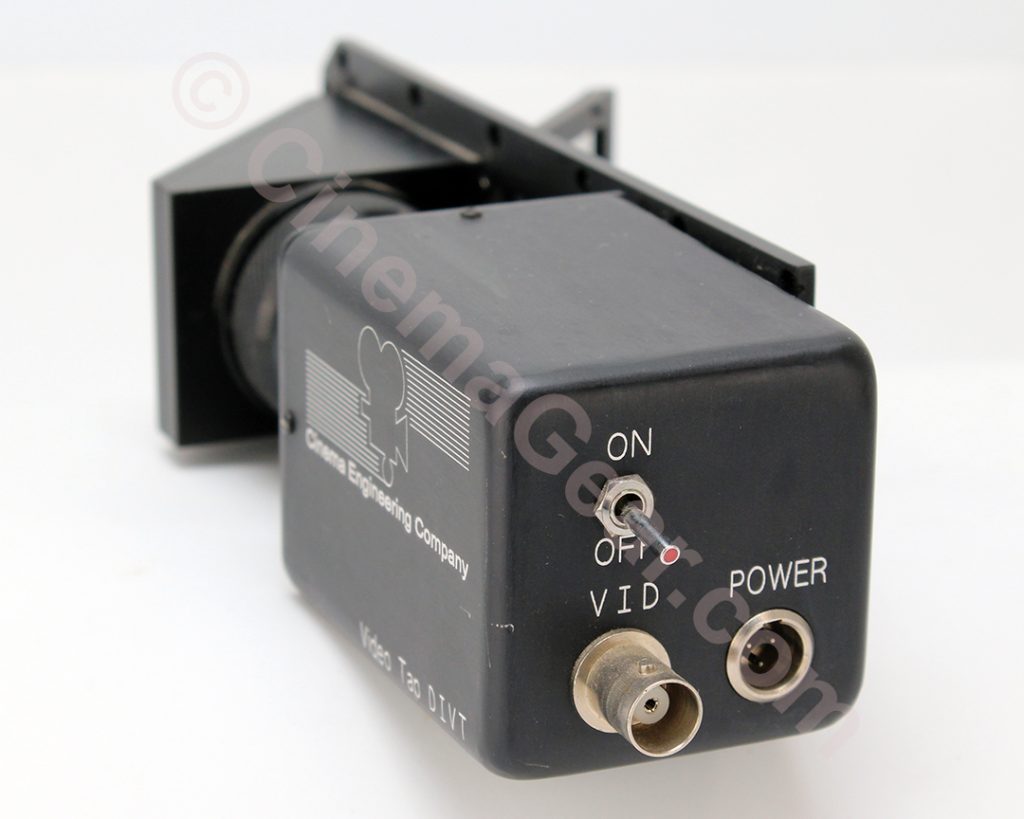
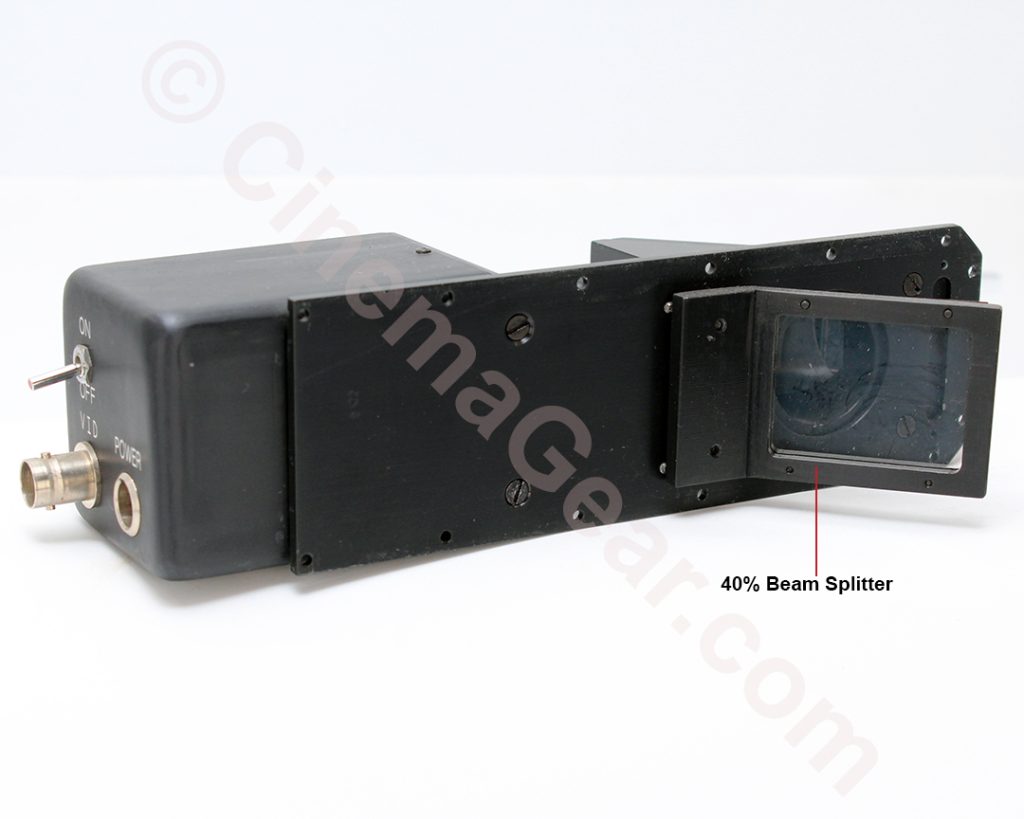
Please excuse the truly terrible vintage pictures of this video tap on a Mitchell GC, but I thought they were a good demonstration of this device in action. I think I made about 20 of these video taps. Not sure what became of any of the other ones, but it was fun to revisit this one that remains in my collection.
